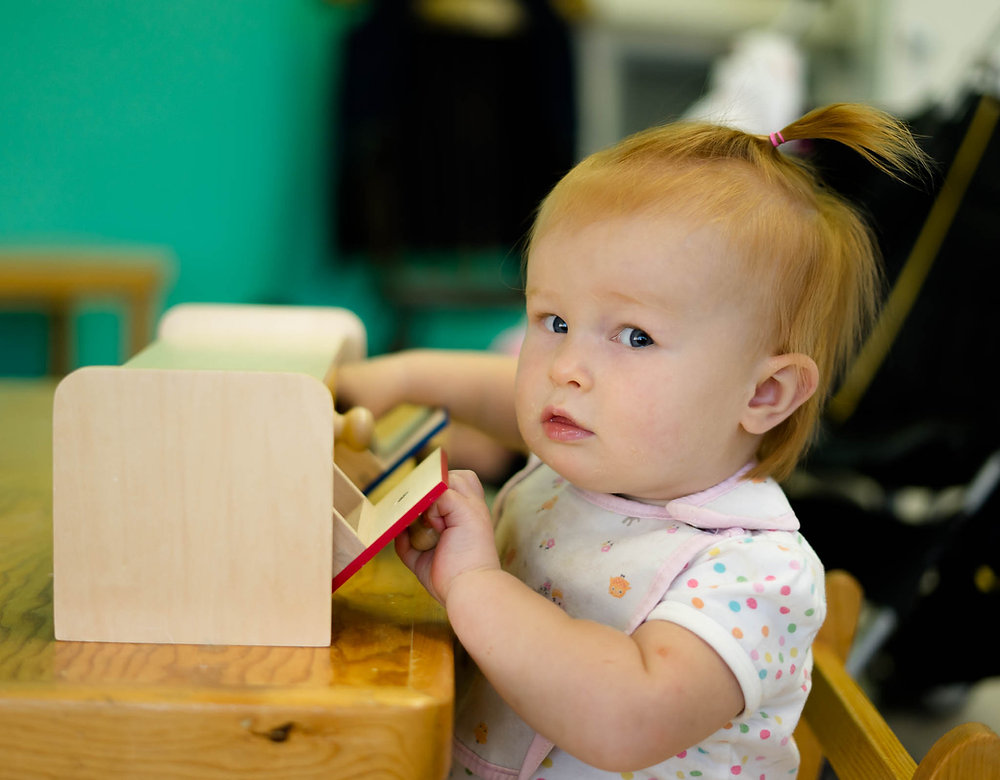Incorporating Montessori Principles into Baby’s Learning Environment
Raising a child is an exhilarating journey, one filled with challenges and countless rewarding milestones. In the sea of educational philosophies, Montessori stands out as a beacon for many parents seeking to enrich their baby’s developmental journey. Derived from the work of Dr. Maria Montessori, this approach is not only restricted to the confines of a classroom but can be lovingly woven into the home environment as well. Let’s explore how you can blend Montessori principles into your baby’s learning space, crafting an environment that fosters independence, curiosity, and a love of learning right from the start.
Understand the Montessori Method
Before we delve into setting up your space, let’s understand what Montessori is all about. The Montessori Method is child-centered, focusing on hands-on, self-directed learning. It encourages children to explore and interact with their environment at their own pace. The roles of freedom within limits, structure, and order, along with the development of physical, social, emotional, and cognitive skills, are pivotal.
At the heart of Montessori is the belief that a child learns best within a prepared environment, one that is simple, orderly, and filled with purposeful activities. The emphasis is on real-world experiences and materials that serve an educational purpose—in other words, play with a point!
Creating a Montessori-Friendly Home
Now, how do we bring this concept home? Keep in mind, it’s not about perfection but about the spirit of the Montessori philosophy.
1. Simplify the Space
Montessori spaces are neat and clutter-free, designed to be accessible to the child. Start by decluttering the room, choosing a few well-made toys and materials that match your baby’s developmental stage. The fewer the distractions, the more your baby can focus on and enjoy each activity. Every item should have its place on low shelves that your baby can easily reach. Remember, simplicity is key.
2. Choose the Right Materials
Maria Montessori emphasized natural, high-quality materials. So, opt for toys and objects made from wood, cotton, metal, or glass rather than plastic. Not only do these materials provide a variety of textures for sensory exploration, but they’re also more eco-friendly. Additionally, the materials should be real objects that enable the child to learn life skills. Think of small brooms, dustpans, and pitchers for pouring water—objects that allow them to imitate the everyday activities they see adults do.
3. Encourage Movement and Exploration
Babies need freedom to move. Rather than confining your little one to a playpen for most of the day, create a safe, baby-proofed space where they can roam, explore, and select the activities that interest them. This could include a floor bed, which promotes independence around sleep and rest, and mirrors securely placed at the baby’s level to help them discover and understand their movements and self-image.
4. Rotate Toys and Activities
Overwhelm is a no-go with Montessori. Instead of presenting everything at once, rotate toys to maintain a fresh interest. Watch your baby’s cues for readiness to explore new challenges and switch out materials accordingly. This keeps learning exciting and directly responds to your baby’s learning curve and interests.
5. Promote Concentration
Montessori is about allowing children the time and space they need to concentrate. If your baby is engaged in an activity, give them the uninterrupted time to explore it fully. The ability to concentrate and focus is a skill that is honed with practice, and the best practice is through play that absorbs their attention and interest.
6. Foster a Connection with Nature
Integrating nature into your baby’s learning environment not only enriches their sensory experience but also builds a foundation for science concepts and the understanding of the world. Indoor plants, a small garden, or even natural objects like stones and pinecones can become learning tools. Provide opportunities for outdoor play as well, for fresh air, sensory stimuli, and those darn good vibes nature brings along.
7. Respect Your Baby
In a Montessori environment, even the youngest children are treated with respect and as capable of taking the lead in their learning. Offer choices when appropriate, and observe more than you interfere. The goal isn’t to teach directly but to guide and support as your baby navigates their world.
Implementing Montessori At Home: A Checklist
Ready to transform that adorable nursery into a Montessori haven? Here’s a quick checklist to guide you:
- Decide on a safe, comfortable space for your baby to learn and explore.
- Declutter the space, opting for simplicity and order.
- Ensure toys and materials are within easy reach on low shelves or on the floor.
- Choose natural, developmentally appropriate materials.
- Create a movement-friendly area free from hazards that could restrict exploration.
- Display a limited number of toys and rotate them regularly.
- Place a floor bed in the room to encourage independence around sleep.
- Install mirrors at baby-level for self-exploration.
- Incorporate elements of nature into the environment.
- Observe and follow your baby’s lead, offering choices where possible.
- Ensure your presence is supportive, non-intrusive, and respectful.
Remember, the goal isn’t to replicate a Montessori classroom; it’s about integrating its values and practices into your home in a way that’s beneficial for your baby’s growth.
Conclusion
Embracing Montessori principles at home can profoundly impact your baby’s development. Such an environment nurtures their natural desire to learn, provides them with the freedom to grow at their own pace, and helps cultivate an early love for learning.
By creating a carefully planned, child-friendly space, you’re not just preparing a room; you’re setting the stage for a lifelong journey of exploration, independence, and joy in learning. The beauty of Montessori is that it’s not a one-size-fits-all approach, but a flexible philosophy that you can tailor to fit the unique needs and personality of your child. As you embark on this adventure, take it one step at a time, observing and learning alongside your baby, and enjoy the wonders that this time-honored educational method can bring into your home.
